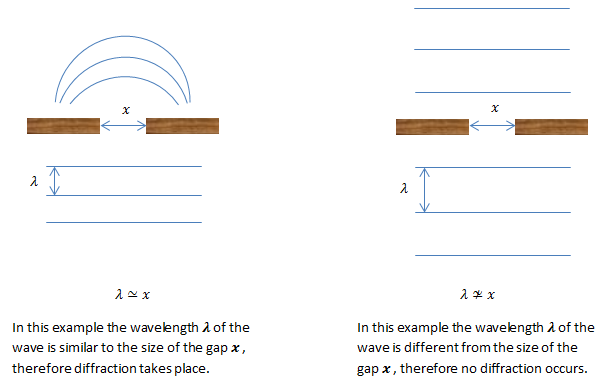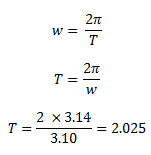By definition diffraction is the spreading out or scattering of waves as they pass through gaps. However certain conditions must be present for a wave to be diffracted when passing through a gap, the length of the wave and the size of the gap has to be the same or almost the same.
What is Interference?
Interference is what occurs when two or more waves interact with each other producing another wave.
Types of Interference?
There are two types of interference these are:
- Constructive Interference
- Destructive Interference
Constructive Interference
In constructive interference, when the waves interfere a larger wave is produced, this is as a result of the waves meeting at in-phase points such as a crest meeting a crest or a trough meeting a trough.
In destructive interference the two original waves will meet to produce a smaller wave. The final wave produced is as a result of the original waves meeting at out of phase points such as a crest meeting a trough. The resulting wave can also be non-existent.
Diffraction – Interference Fringes
In the diagram above diffraction occurs at slits s1 and s2, the diffracted waves then interfere. The solid lines in the diagram represent crests; therefore in the diagram above the waves interfere at in-phase points (crest to crest) producing bright fringes or bands. In this diagram constructive interference takes place.
In the diagram above diffraction occurs at slits s1 and s2, the diffracted waves then interfere producing dark bands on the screen. This is known as destructive interference and occurs as a result of the waves interfering at out of phase points (crest to trough), the crest is represented by the solid line while the trough is represented by the broken line.




















































